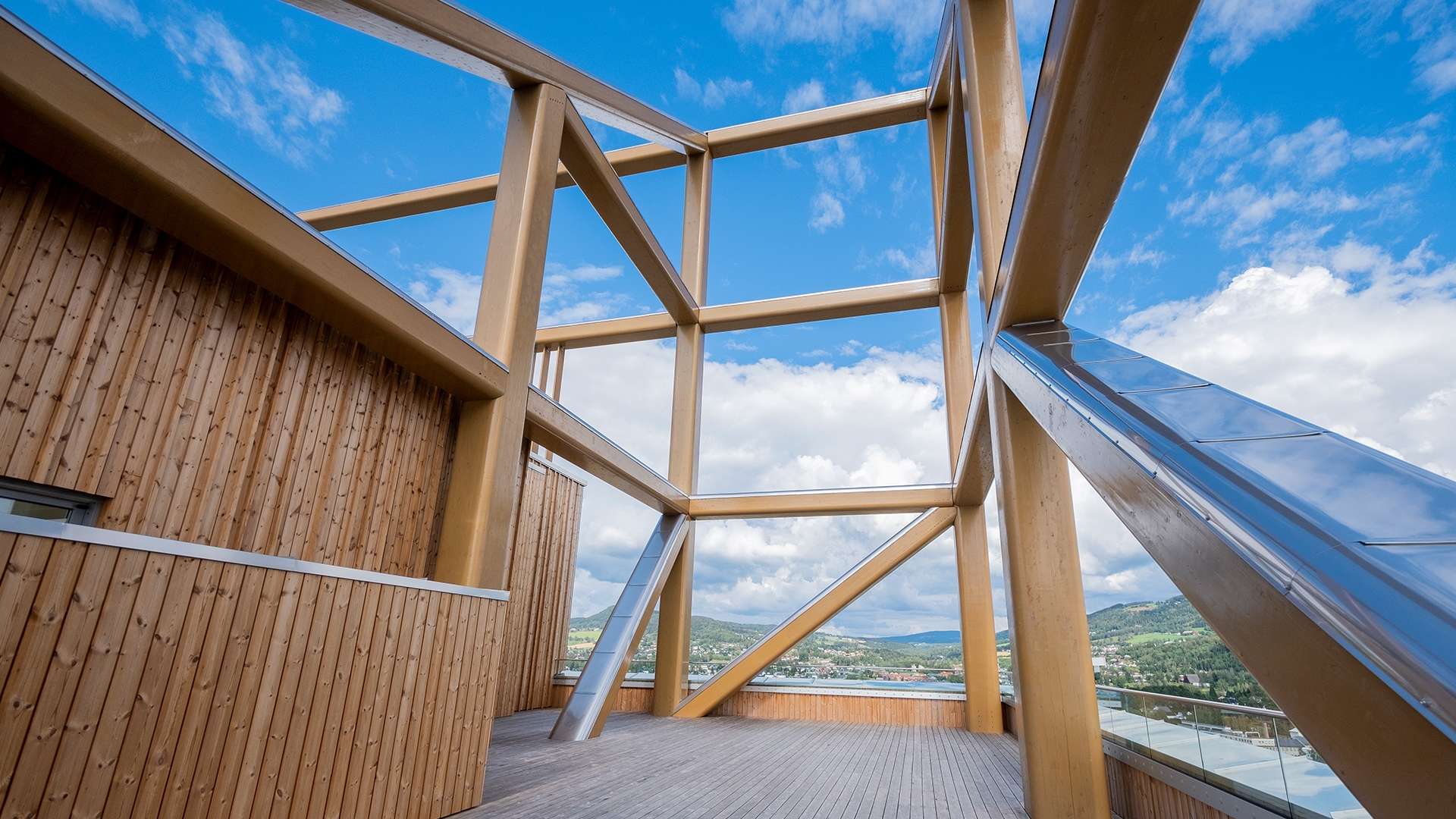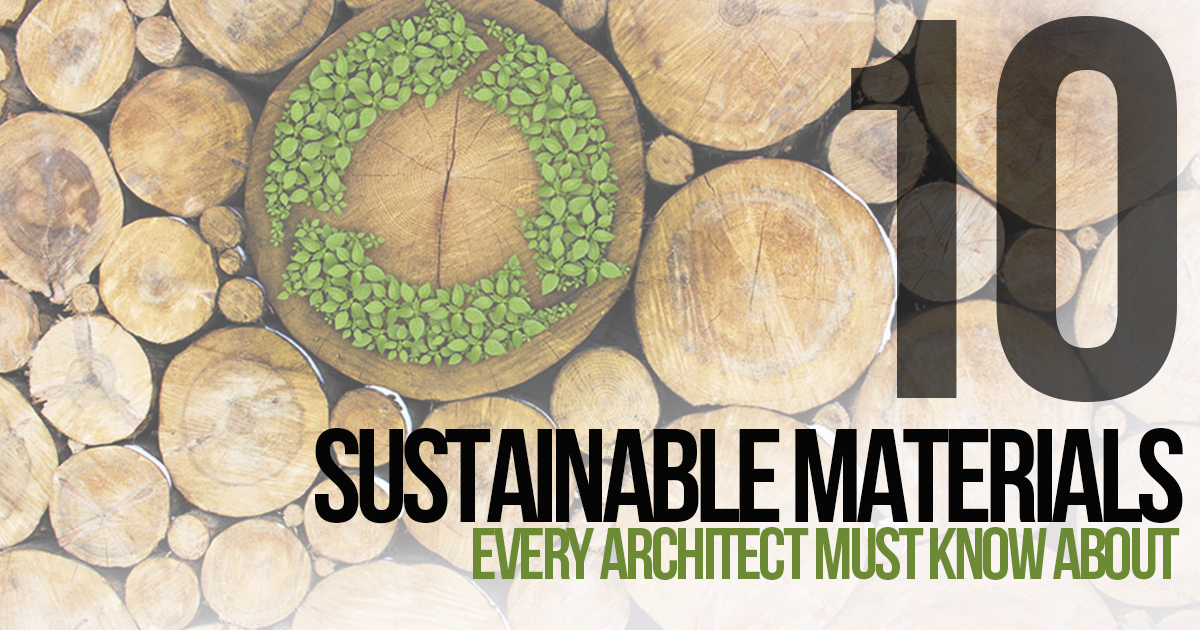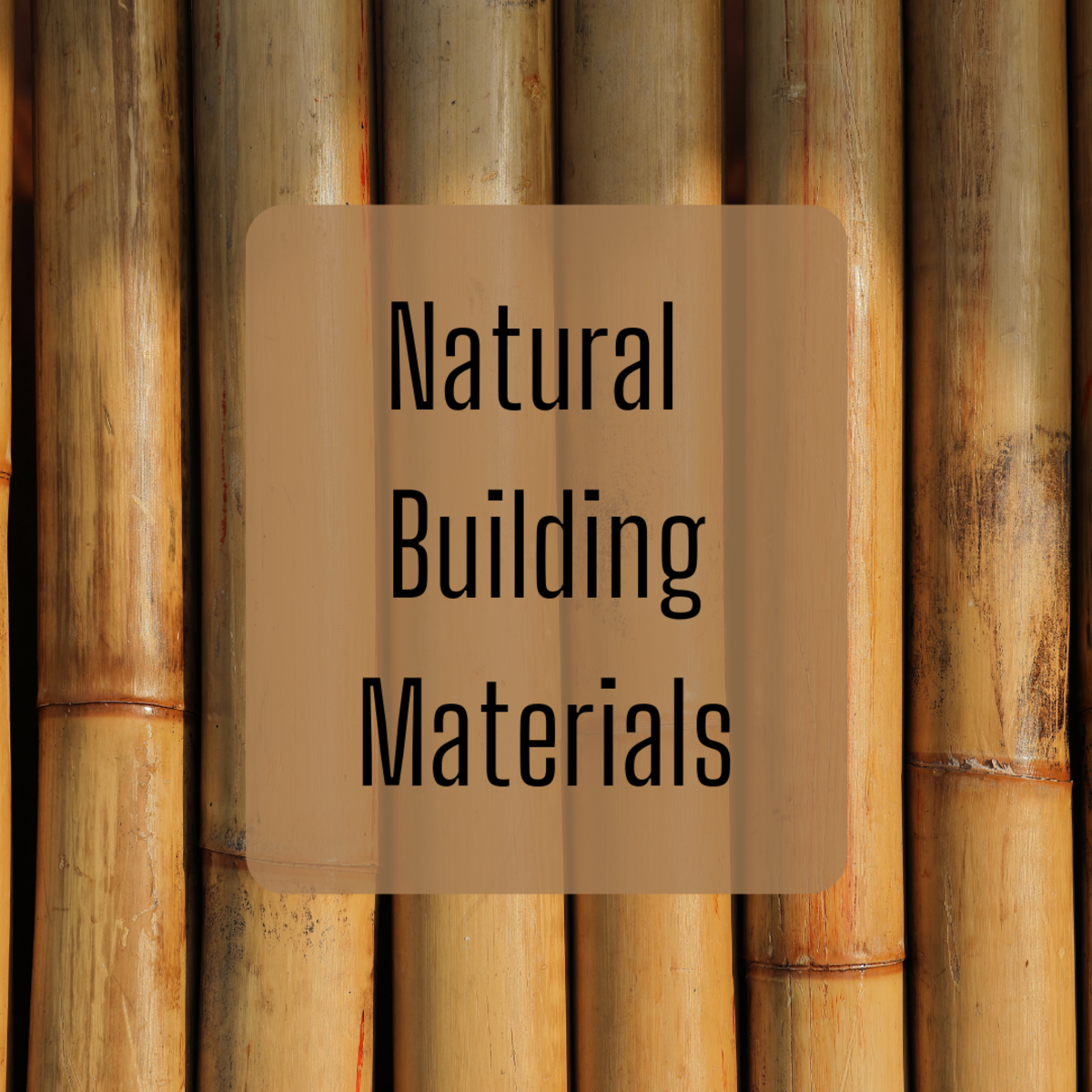How Does Architecture Incorporate Sustainable Materials In Construction?

Did you know that the construction industry contributes to almost 40% of global carbon emissions? That's a staggering number, and it's clear that we need to start prioritizing sustainable construction practices to reduce our impact on the environment. One way to do this is by using sustainable construction materials.
There are many different types of sustainable construction materials available, each with their own unique benefits. Below, we'll discuss the most commonly used sustainable materials and why they are a great choice for any construction project.
Bamboo
Bamboo is a fast-growing grass that can be harvested in just 3-5 years, making it an incredibly sustainable choice for construction. It's also incredibly strong and durable, making it a great alternative to traditional hardwoods. Bamboo is also resistant to pests and rot, meaning it doesn't require harmful chemical treatments to protect it.
Recycled Steel
Using recycled steel is a great way to reduce the environmental impact of construction. Steel is infinitely recyclable, meaning it can be used over and over again without losing its strength or durability. Using recycled steel also reduces the need for mining new materials, which is an incredibly energy-intensive process.
Rammed Earth
Rammed earth is a building technique that uses a mixture of soil, gravel, and cement to create solid walls. The technique has been around for centuries and is incredibly durable, with many rammed earth structures standing for hundreds of years. Rammed earth is also great for insulation, reducing the need for additional heating or cooling.
Cork
Cork is a great choice for flooring and wall coverings. It's renewable, biodegradable, and incredibly durable, making it a great long-term solution. Cork is also a great insulator and can help reduce noise pollution.
Straw Bale
Straw bale construction uses tightly packed bales of straw to create walls. The technique is incredibly energy-efficient, with straw bale homes using 75% less energy for heating and cooling than traditional homes. Straw bales are also a great insulator and fire-resistant.
Green Roofs
Green roofs are roofs that are covered in living plants. They provide insulation and can help reduce the urban heat island effect, which is when cities are significantly warmer than their surrounding rural areas. Green roofs also help absorb rainwater, reducing the amount of runoff that ends up in storm drains and ultimately, our waterways.
Recycled Glass
Using recycled glass in construction materials is a great way to reduce waste and energy consumption. Glass can be crushed into sand-like particles and used in everything from countertop surfaces to insulation materials.
Low-VOC Paints
Low-VOC (volatile organic compound) paints are a great way to improve indoor air quality. Traditional paints emit harmful chemical fumes, which can be harmful to human health and contribute to indoor air pollution. Low-VOC paints reduce or eliminate these harmful emissions, making them a great choice for any construction project.
Conclusion
There are many different types of sustainable construction materials available, and choosing the right ones can have a big impact on the environment. By prioritizing sustainability and using these materials, we can reduce our impact on the environment and work towards a cleaner, healthier world.
FAQ
What are sustainable construction materials?
Sustainable construction materials are materials that are produced in a way that minimizes their impact on the environment. This can include using recycled materials, choosing rapidly renewable materials, and avoiding harmful chemicals or processes.
What are the benefits of using sustainable construction materials?
The benefits of using sustainable construction materials are many. They reduce our impact on the environment, improve indoor air quality, and are often more energy-efficient than traditional materials. Sustainable materials can also help reduce waste and promote a circular economy.
Are sustainable construction materials more expensive?
Not necessarily. While some sustainable construction materials may be more expensive upfront, they often have a longer lifespan and require less maintenance, ultimately saving money in the long run. Additionally, as demand for sustainable materials increases, prices may continue to come down.
Do sustainable construction materials perform as well as traditional materials?
Yes, in most cases sustainable construction materials perform as well as traditional materials. In fact, many sustainable materials are even stronger and more durable than their traditional counterparts. It's important to work with a qualified contractor or architect to ensure the right materials are chosen for your specific project.
How can I learn more about sustainable construction materials?
There are many resources available for learning more about sustainable construction materials, including online resources, books, and workshops. Consulting with a qualified contractor or architect who specializes in sustainable materials is also a great way to learn more.
Can sustainable construction materials be used in any type of construction project?
Yes, sustainable construction materials can be used in any type of construction project. From residential homes to commercial buildings, there are sustainable options available for every type of construction project.
![Sustainable Construction Materials: Building a Cleaner World [E-book]](https://cdn.redshift.autodesk.com/2020/10/sustainable-construction-materials-ebook-header-1100x550-1.jpg)



Post a Comment for "How Does Architecture Incorporate Sustainable Materials In Construction?"